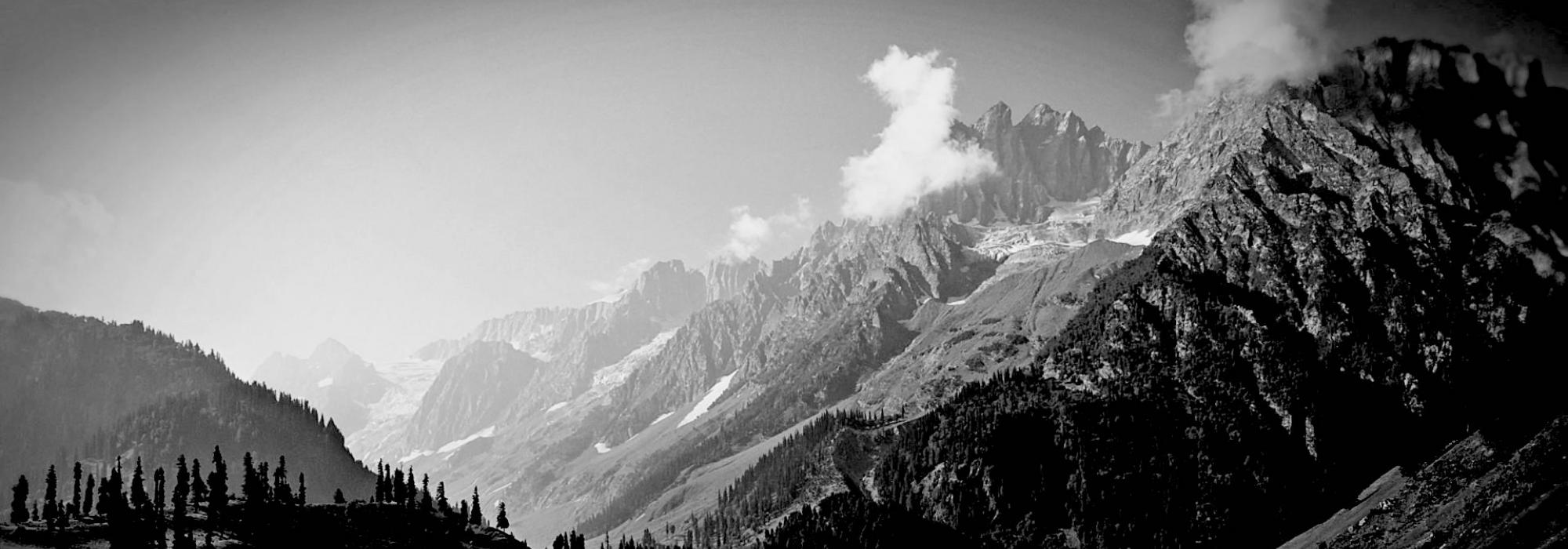Ḍima – A ḍima is based on prakhyāta-vastu, i.e., a popular story. It is filled with supernatural and magical elements; eclipses and wars also come as a part of this genre of play. Radura is the primary rasa. The play is completely devoid of śānta, hāsya, and śṛṅgāra rasas. A ḍima typically consists of four aṅkas; connecting segments such as the viṣkambhaka and praveśaka are absent. Devas, gandharvas, yakṣas, rākṣasas, uragas, bhūtas, pretas and similar characters constitute the sixteen kinds of uddhata-nāyakas; kaiśikī-vṛtti and vimarśa-sandhi are absent. Example – Tripuradāha
Vyāyoga – A vyāyoga, like the ḍima is based on a prakhyāta-vastu. Combats that come as a part of this kind of play are neither triggered by women nor are they fought for the sake of women. Garbha and Vimarṣa-sandhis are absent. A vyāyoga consists of one aṅka only and the naayaaka is prakhyāta and dhīroddhata. He has the qualities of a rājarṣi or is of a divine origin; kaiśikī-vṛtti is absent in a vyāyoga. All rasas except for hāsya, śṛṅgāra, and śānta play important role in this genre of play. Example – Saugandhikā-haraṇa
Samavakāra – The theme of a samavakāra is prakhyāta; it is the tale of devas and asuras and does not contain vimarṣa-sandhi; a samavakāra usually consists of three aṅkas. The first aṅka has the story corresponding to the first two sandhis, i.e., mukha and pratimukha; and the other two aṅkas have a sandhi each, i.e., garbha and nirvahaṇa. The nāyakas are divine, semi-divine or divinites in human form; there are twelve kinds of nāyakas who fall into this category. Each one gets his fruit. Vīra-rasa takes centre stage; kaiśikī-vṛtti is found in lesser proportions compared to the others; bindu and praveśakas are absent. Gāyatrī, uṣṇik and other chandas are used in the play; a samavakāra consists of elements of śṛṅgāra-traya, kapaṭa-traya and vidrava-trayas[1] are present along with sambhavavādas, which are among the thirteen vīthyaṅgas; The first aṅka is the longest; the second is about one-third the size of the first aṅka and the third is half the length of the second. Example: Samudra-mathana.
Vīthī – This kind of play is composed of one aṅka only and has only one nāyaka. Through the technique of ākāśabhāṣita, the nāyaka puts together captivating sequences along with impactful dialogues. His conversations are rich in śṛṅgāra peppered in small amounts with the other rasas. Mukha and nirvahaṇa sandhis are present in a vīthī along with all varities of artha-prakṛtis. Uddhātaka, valagita and other thirteen vīthyaṅgas are present as well. Example: Mālavikā
Aṅka – This genre of rūpaka is also called utsṛṣṭikāṅka. The theme for such a play is a prakhyāta-vastu and is improvised by the poet’s talent and creativity. It consists of one act only and has many nāyakas, who are not scheming; they fill the play with karuṇa-rasa and cause a lot of distress to women. Sandhis, vṛttis and the limbs are just like those in the bhāṇa. An aṅka consists of scenes of victory and defeat and is also filled with a many elements connected with vairāgya. A war may come as a part of the story, but it is not explicitly portrayed; it is captured onky through speech. Example: Śarmiṣṭhā yayāti
Īhāmṛga – The vastu of this kind of play is of the miśra variety, i.e., it is partially conceived by the poet based on a traditional story. It typically consists of four aṅkas and three sandhis – mukha, pratimukha and nirvahaṇa. Anti-heroes (prati-nāyakas) are usually prakhyāta and dhīroddhata, are nara-divyas (humanly divine) or divya-nara (divinely human). The prati-nāyaka performs a heinous deed in a hideous manner; he attempts to kidnap a divine damsel and there is an element of śṛṅgārābhāsa in him. An īhāmṛga has ten patākaa-nāyakas who are either divine or human. A war is fought and finally, peace is found. Though the heroes get caught in the war and are wounded, they are not killed. (Some aestheticians define Īhāmṛga as a kind of play which has only one aṅka, a divya-nāyaka a war that is triggered because of a divine lady and six nāyakas) Example: Kusumaśekhara-vijaya
The current series of articles is an enlarged adaption of Prof. A. R. Krishnasastri's Kannada treatise Saṃskṛta-nāṭaka. They are presented along with additional information and footnotes by Arjun Bharadwaj.
[1] dharma-śṛṅgāra, artha-śṛṅgāra, and kāma-śṛṅgāra are the three kinds of śṛṅgāra; svābhāvika (natural), kṛtrima (artificial), and daivaja (divinely ordained) are the three kinds of kāpaṭya; acetana (inanimate), cetana (animate), and cetanācetana (semi-animate) constitute the causes for vidrava (agitation);














































